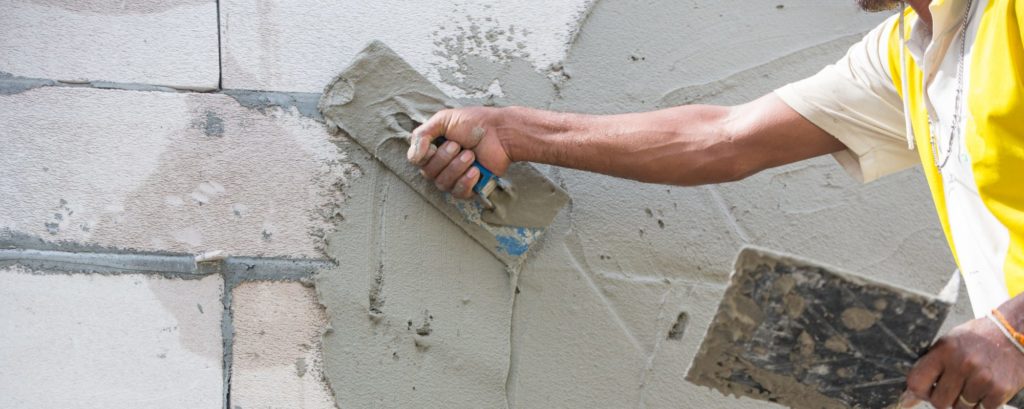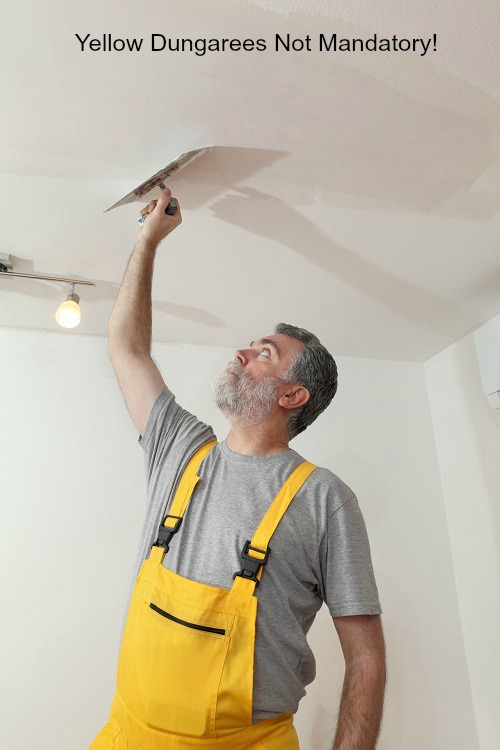Plastering Service Providers: Professional Surfaces for Your Office Or Home
Plastering Service Providers: Professional Surfaces for Your Office Or Home
Blog Article
Comprehending the Essential Strategies of Gluing for Home Renovation Projects
In the world of home renovation, grasping the crucial strategies of smudging can significantly boost both the performance and aesthetic charm of an area. The plastering procedure encompasses important phases, from thorough surface prep work to the accurate application of materials.
Types of Smudging Strategies
Although numerous plastering methods exist, each serves a special function and offers distinctive aesthetic qualities. One of one of the most common methods is typical lime plastering, which is recognized for its breathability and versatility. This method is especially valuable for older structures, allowing wetness to leave while maintaining structural stability.
For an extra distinctive appearance, trowel-on plastering techniques such as stucco and Venetian plaster are often used. Stucco, commonly used in exteriors, supplies resilience and weather condition resistance, while Venetian plaster is renowned for its elegant, polished finish.
Additionally, there are much more specialized methods, such as skimming, which is a procedure that involves applying a thin layer of plaster over existing surface areas to develop a smooth finish. Each of these strategies can substantially influence the total aesthetic and functionality of a room, making it vital to select the ideal approach based on the details needs of a job.

Devices and Materials Needed

Vital tools and materials are crucial for successful plastering, making certain both efficiency and high quality in the application procedure. A detailed plastering toolkit normally includes a hawk, trowels, and a float. The hawk acts as a system to hold the plaster, while the trowels, available in various sizes, are crucial for application and smoothing. A float, frequently constructed from rubber or sponge, is made use of to attain a consistent coating.

Spending in top notch tools and products ultimately contributes to a more effective smudging job, generating a durable and visually pleasing coating. Appropriately equipped, you lay the foundation for effective smudging and home renovation.
Step-by-Step Plastering Refine
With the right devices and materials in hand, the following phase includes executing the gluing process with precision. Begin by preparing the surface to make sure optimal attachment. Get rid of any type of loosened debris, dust, or old plaster, and use a bonding agent if essential.
Once the surface area is prepped, blend the plaster according to the supplier's instructions, achieving a smooth, lump-free uniformity. Using a trowel, apply the first layer, known as the scratch coat, to a density of regarding 5-10 mm. Ensure uniform protection, and make use of a comb or scratcher to develop grooves for much better adhesion of subsequent layers.
After permitting the scratch layer to establish partly, apply the 2nd layer, or the brown layer, smoothing it out for an even coating. Allow this layer to dry, generally for 24-48 hours, depending on the problems. Lastly, use the completing layer, which should be thinner and smoother. Feather the sides to blend right into the bordering surface, attaining a smooth look.
Once the plaster has actually dried out thoroughly, it can be sanded lightly to remove website here flaws. Comply with up with you could try this out a guide before paint for a sleek last look.
Usual Mistakes to Prevent
Falling short to identify typical blunders can substantially influence the quality of your plastering task. Disregarding to fix any type of underlying problems, such as wetness or structural damages, can endanger the plaster's integrity.

Timing is likewise crucial; several inexperienced plasterers hurry the application. Permitting the preliminary layer to dry totally before applying succeeding layers is vital to prevent excessive fracturing and shrinkage.
On top of that, not utilizing the right tools can impede the finishing procedure. Using trowels that are little or also big can impact your control and the level of smoothness of the finish - Plastering. Finally, overlooking environmental problems, such as temperature and moisture, can lead to unequal drying and disappointing results. By bearing in mind these common pitfalls, you can boost the efficiency and durability of your plastering work.
Tips for Finishing Touches
Accomplishing a perfect coating in plastering calls for focus to information and a couple of tactical techniques. As soon as the preliminary application has dried, begin the finishing process by using a wet sponge or trowel to smooth out any flaws. This step not just boosts the surface however also aids to remove any kind of excess plaster that may have dried erratically.
Following, take into consideration using a fine-grit sanding block or pole sander for a more click for info refined look. Fining sand ought to be done delicately to avoid damaging the underlying layer - Plastering. Constantly use a mask to protect against dirt inhalation
After fining sand, check the surface area under different lights conditions to determine any type of missed out on variances or places. Apply a thin layer of completing plaster if needed, feathering out the sides to blend seamlessly with the bordering area.
Conclusion
In final thought, mastering essential plastering strategies significantly enhances the top quality of home improvement projects. Understanding the numerous kinds of plastering methods, using proper tools and materials, and adhering to a methodical application process contribute to accomplishing a smooth and long lasting surface.
In the world of home enhancement, understanding the vital strategies of smudging can dramatically boost both the functionality and visual appeal of a space.Although numerous smudging techniques exist, each serves an unique purpose and offers distinctive aesthetic high qualities. Plastering. For an extra textured look, trowel-on plastering techniques such as stucco and Venetian plaster are usually used. Stucco, frequently utilized in outsides, provides sturdiness and weather resistance, while Venetian plaster is renowned for its glamorous, sleek finish
Typically made use of plaster kinds include gypsum plaster, lime plaster, and cement-based plaster, each offering different purposes and settings.
Report this page